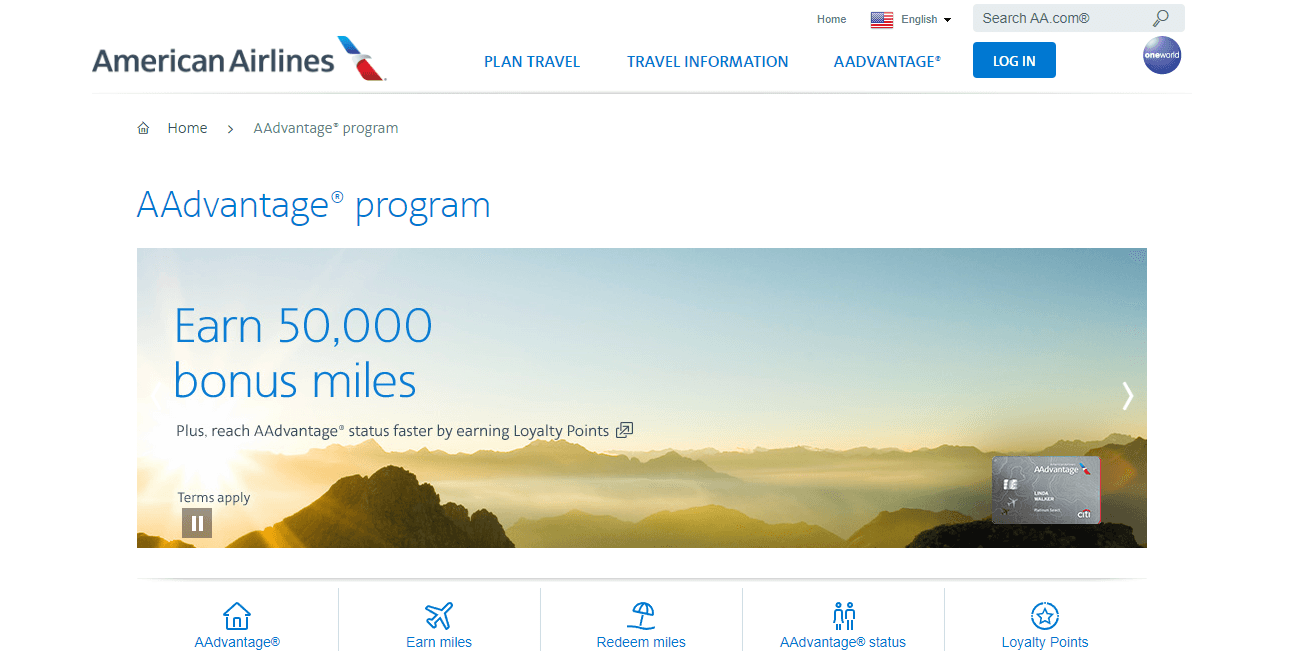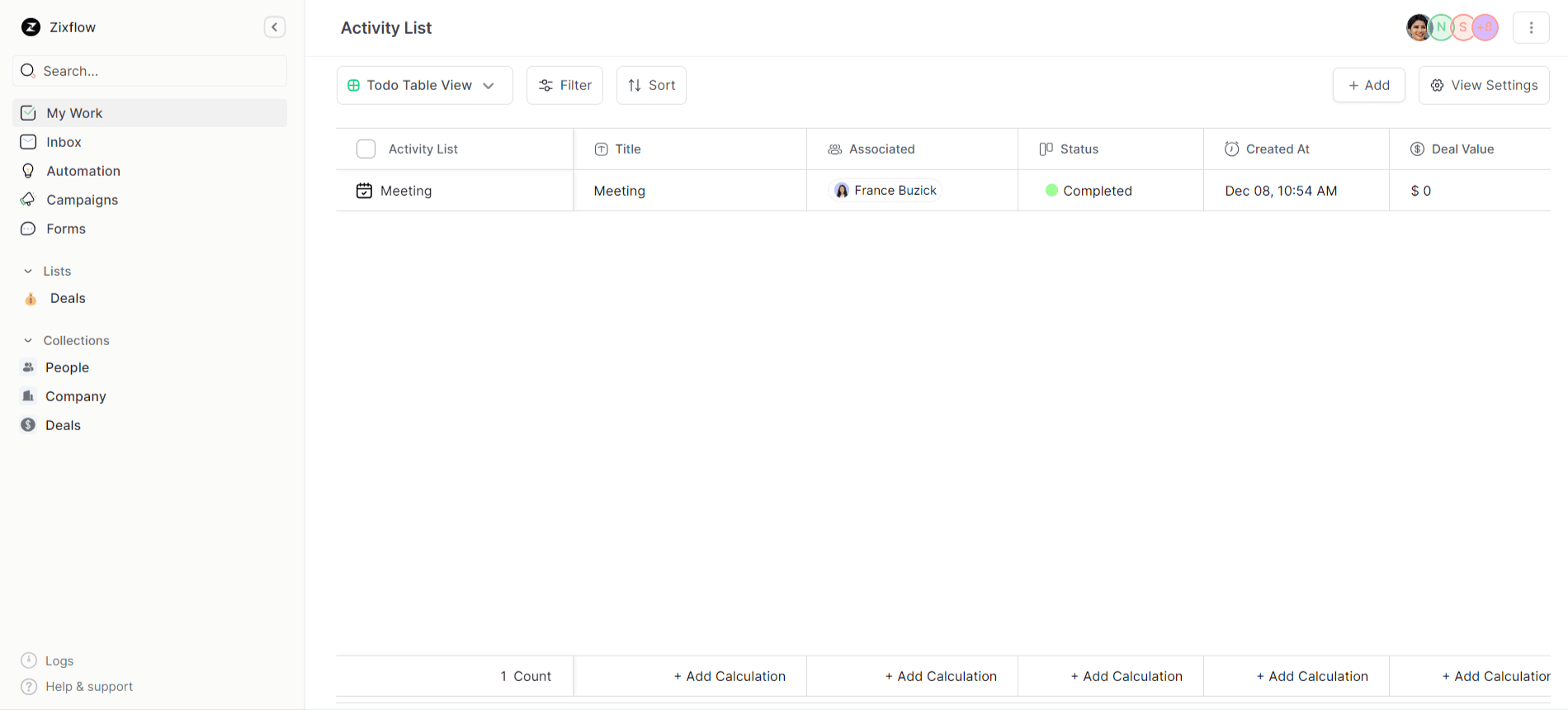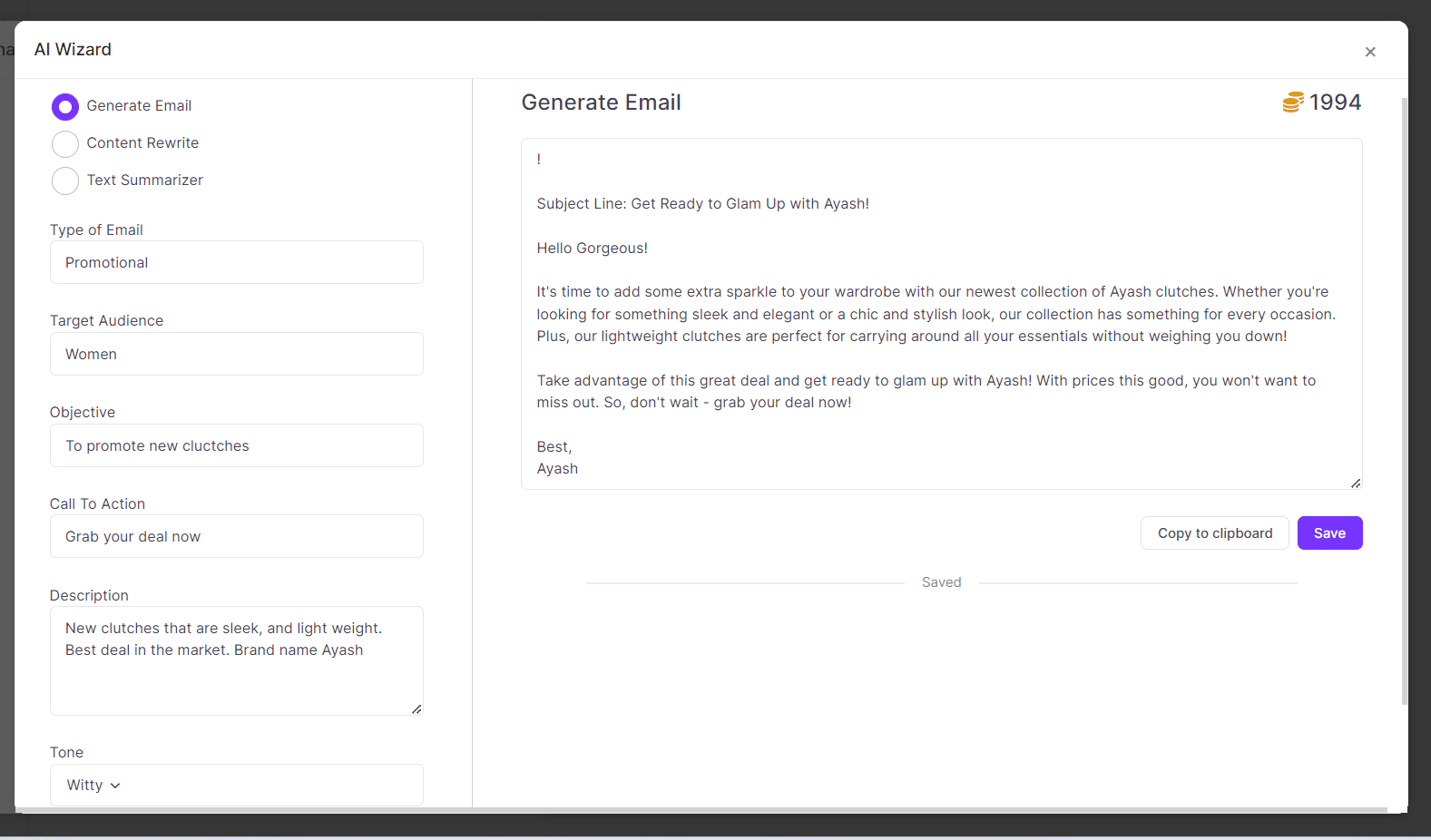Relationship Selling: A Guide to Buyer’s Heart with Examples

Imagine walking into your favorite coffee shop on a nice morning. The barista greets you by name and is already working on your go-to order. As you wait for your drink, you engage in a friendly chat about your weekend plans. A scenario like this can make anyone’s day.
Now think how nice it would be if your customers can behave the same way when interacting with your business. Today, building genuine relationships with your customers has become a game-changing strategy.
Why?
Because when customers feel understood and valued, they are not only more likely to make a purchase but they’re also more likely to come back for more. And that is the essence of relationship selling.
It is a type of sales engagement approach that not only wins over customers’ hearts but also paves the way for repeat business. That’s why in this post, I will delve into the power of relationship selling and share examples of how you can use it to get more sales. With that said, let’s get to it!
What is relationship selling?
“If people like you, they’ll listen to you, but if they trust you, they’ll do business with you.” – Zig Ziglar
Relationship selling is a type of sale where you strategically focus on establishing strong relationships with your customers instead of selling your products. In other words, relationship selling is about fostering connections with customers on a deeper level that goes beyond simply pitching your offerings.
For instance, American Airlines, one of the leading passenger airlines, has an AAdvantage Program which is famous for offering its members various perks like priority boarding, redeeming air miles for flights, and lounge access. This way, it can enhance customer experience and incentivize customer loyalty.

At its core, relationship selling is about treating customers as individuals rather than just potential buyers. It involves taking time to understand their unique needs and helping them overcome any challenges they might be facing with your product or service.
Relationship selling revolves around the idea that satisfied customers are more likely to become repeat customers and advocates for your business. By following a proven customer success process and consistently delivering value to your customers, you can foster loyalty and trust over time.
Advantages of relationship selling
There are numerous benefits of incorporating relationship selling in your marketing strategy. Here are a few important ones:
Better customer trust and loyalty
With relationship selling, you can build rapport and earn the trust of your customers. By doing so, you allow your buyers to view you as someone who primarily cares for their needs and is not focused on making a sale.
You will always be in the back of your customer’s heads whenever they are thinking of making a purchase that matches your offering.
Long-term value
Relationship selling focuses on long-term value rather than pursuing short-term gains. Here, the emphasis is on building enduring relationships that can result in larger deals and increased customer lifetime value (CLV).
This kind of customer-centric selling perspective aligns with the broader business strategy to cultivate sustainable growth in the long run.
Lower price sensitivity
Another benefit of relationship selling is lower price sensitivity. When you have established strong relationships with your customers, they are often willing to pay a premium for the personalized attention and value they receive.
In fact, 68% of customers are ready to spend more money on a business if it provides quality customer and sales experiences.
This can eliminate the need for frequent price negotiations or discounts, increasing revenue and boosting ROI for your business.
Reduced churn rates
The churn rate refers to the percentage of customers who stop purchasing a company’s products or services within a specific period of time. But with relationship selling, you don’t have to worry about losing customers.
With relationship selling, your primary goal is to build solid relationships with your buyers and use customer engagement to boost sales. This way, they are less likely to switch to competitors.
Also, relationship selling offers stable customer retention and reduces the need to actively engage in customer acquisition efforts.
How to adopt a relationship-based selling approach
After going through the advantages of relationship selling, let’s take a look at how to implement it in your sales process, starting with researching your customers.
Customer research
Customer research is the fundamental step in adopting a relationship-based selling approach. It involves gathering in-depth insights about your target market. This analysis serves as a foundation for understanding their unique requirements and preferences.
For starters, you should identify the market segments you want to target. This includes breaking down your customer base into distinct groups based on several factors like:
- Demographics
- Industry
- Company-size
- Geographic location
Each segment has its particular characteristics and challenges. So, knowing these differences is crucial in tailoring the right approach to seamlessly guide them through the stages of the sales pipeline.
After segmenting your audience, you have to delve into comprehensive research to understand their needs. For that, you can use various methods like:
- Audience surveys: Create surveys or questionnaires to gather direct feedback from your customers.
- Social media: Monitor social media channels to gain insights into customer discussion and conversation, letting you find out the latest trends.
- Interviews: Conduct 1:1 or group interviews with select customers to learn more about hidden pain points and perspectives.
- Online reviews: Analyze online reviews about your offerings. Doing so can allow you to see what customers appreciate and the areas that need improvement.
Incorporating customer research into your relationship-selling mode empowers you to ask qualifying sales questions and have meaningful conversations with prospects. Instead of relying on generic sales pitches, you can address specific issues and offer solutions to your customers' unique needs.
Personalized solutions
In today’s sales world, personalization is the name of the game. With personalized solutions, you can highlight the benefits of how your products or services can particularly resolve the concerns and overcome the challenges faced by individual customers.
A personalized solution or offer showcases that you have done your homework and you truly care about your customers first. Not just that. A well-crafted personalized approach is not about listing features and benefits. It is about how you can resolve certain issues and directly meet your customers’ demands.
To utilize personalization in your relationship selling process, you have to tailor your presentation to the customers’ needs. This can be done by adopting value-based selling techniques and demonstrating the value your offerings bring to them. By connecting the dots between your product or service and the customer’s desired outcome, you’re making a compelling case for why they should choose your business.
For example, assume that you have a software development company that specializes in providing software solutions to small businesses. One day you're working with a small bakery that wants to streamline its operations and improve customer engagement.
Instead of offering a generic software package, you take the time to understand its specific needs and propose a customized software solution. This system would help them manage orders efficiently and engage with customers. This way, you can foster a long-term partnership and provide value that goes beyond a simple transaction.
Utilize sales enablement
Sales enablement is the practice of empowering your sales team by providing necessary resources (tools, content, and training) to allow them to build valuable connections with customers and prioritize long-term relationships over one-and-done transactions.
Training plays an important role in equipping your sales reps with the skills and mindset needed for relationship selling. To achieve this, you have to develop training programs to get your sales staff familiar with relationship selling and the aspects they have to keep in mind when conversing with customers.
For instance, a high-end furniture store that specializes in custom-made luxury furniture pieces could train its sales team to learn about the unique preferences of each customer and provide relevant recommendations to create a memorable shopping experience.
Doing so allows sales reps to engage in meaningful conversations about the products and answer customer questions confidently. A personal touch, combined with the sales team's expertise, leads to increased customer satisfaction and positive word-of-mouth referrals.
Furthermore, having a supportive environment where your sales team can comfortably share knowledge and seek advice is crucial. Consider implementing a sales enablement ecosystem to streamline internal communication and ensure that every sales rep is focusing on establishing relationships first and foremost.
Use correct sales software like Zixflow
An extension of sales enablement, tools help you simplify your sales process by letting you easily manage customer data and automating everyday tasks. But not every marketing tool offers the same features.
Each tool has a unique purpose. For example, CRM software, the most common type of sales tool, serves as a centralized hub for storing and managing customer information and past interactions. It is a must-have solution for businesses as it empowers your sales team by providing a comprehensive view of each buyer’s previous purchases and preferences.
Then there are also automation tools, analytical tools, and outreach tools all having different functionalities. But what if I tell you that you can get each of these tools packed in a single solution? Yes, there is an application that includes these features within one platform making it an obvious choice. Its name?
Zixflow.
It is an all-in-one modern salesOS that is built specifically for businesses looking to adopt a robust martech solution. You can use it as a standalone application or integrate it into your existing tool stack.
Zixflow has a native CRM platform allowing you to easily gather and access your buyers’ details in one location. This way, you can efficiently view your customers’ information and reach out to them without having to leave the CRM section.

On top of that, Zixflow contains an AI Wizard that allows you to generate personalized emails for different segments of your audience based on the details you type in the fields. By doing so, you can not only craft but also save this content as a template for future use.

With such a powerful sales tool, you can make the most of your relationship selling efforts by using the CRM to understand your customers’ history and tailoring your messages with the AI Wizard to suggest relevant solutions.
Monitor your success
Measuring and tracking the effectiveness of your relationship-selling initiatives is also a critical step in ensuring that your approach is yielding positive results. By implementing a systematic monitoring process, you can learn about the impact of your strategies and make fact-based decisions to improve your approach over time.
To begin with, you have to define the metrics that you want to track and that aligns with your relationship selling goals. A few of them include:
Customer satisfaction scores
Customer Satisfaction Scores (CSAT) are metrics used to measure the level of satisfaction customers have with a product, service, or business. These scores are usually collected through surveys or feedback forms and offer insights into how well a company is meeting customer expectations.
The formula for calculating the CSAT score is:
CSAT score = (Number of Satisfied Customers/ Total Number of Respondents) * 100
Customer retention rate
With customer retention rate, you can find the percentage of customers you have retained over a particular time period, typically expressed on a yearly or quarterly basis. A high customer retention rate is a sign of customer loyalty and the value customers perceive in your offerings.
To find your customer retention rate, you can use this formula:
Customer Retention Rate = [(Number of Customers at the End of the Period - Number of New Customers Acquired During the Period)/ Number of Customers at the Start of the Period] * 100
Repeat purchase percentages
As it is clear from the name, this metric indicates the proportion of customers who have made more than one purchase from your business within a specified period. It is a key indicator of how successful your efforts have been to build strong relationships.
To measure repeat purchase percentage, use this formula:
Repeat Purchase Percentage = (Number of Customers with Repeat Purchases/ Total Number of Customers) * 100
But to monitor your efforts, you will need analytical software. For that reason, you can use Zixflow’s analytics panel to evaluate and improve your sales performance.
In this panel, you can view real-time data on how many sales are still in the pipeline, completed, or lost. This will give you a clear picture of whether your relationship selling is getting you more sales or not.
Thrive in a competitive market by building powerful relationships
Sales is a competitive field and customers' expectations are continually evolving. So implementing a relationship-selling approach can be a solid strategy to get customers on your side and secure long-lasting loyalty.
It is not just a selling technique, it’s a mindset that propels you toward sustainable growth and profitability. Remember, the journey to your customers’ hearts is paved with trust, empathy, and genuine care.
As you embark on this journey, the destination isn’t merely getting a sale but a long and fruitful partnership that transforms customers into your advocates.
And if you need help along the way, you can always get in touch with us!
